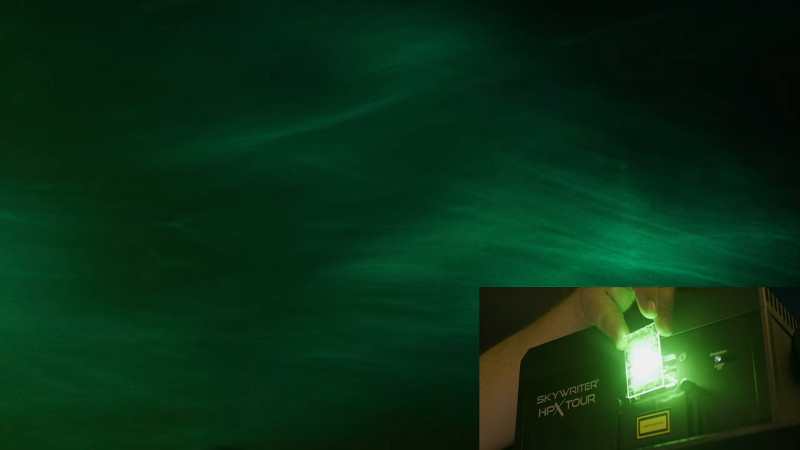Light is a wonderful medium for art, and there’s all manner of ways to approach it. We’ve always been huge fans of all that blinks and glows, but there’s a whole wide world of other methods and techniques in the lighting arena. Lumia is one that does not always get a lot of mainstream attention, and so [Adam Raugh] has created this video, sharing both the history of the effect, and various ways to create it yourself.
Lumia was once used to refer to a broad swathe of artistic lighting, but these days, more commonly refers to effects that create an aurora-like appearance, as one would see near the poles of our fine Earth. [Adam] first covers the history of the effect, as pioneered by Thomas Wilfred with the Clavilux in the early part of the 20th Century.
The video then covers the basics of creating lumia effects using DIY methods. The key is to combine slow rotation with an organically deformed refractive medium. [Adam]’s rig of choice is a basic laser projector, rotating at just 1/3 of a rotation per minute. This is then combined with a variety of homebrewed refractive media – torture tubes made from glass, acrylic sheets coated with muddled epoxy, and even a crumpled water bottle.
It’s an excellent primer on how to get started with lumia, and [Adam] covers a wide variety of tips and tricks as well as potential pitfalls to avoid.
We see plenty of great lighting projects around these parts – check out the Kinetic Chandelier. Video after the break.
















Thank you for posting this!! It’s such an unusual kind of light to see and I appreciate the opportunity to share it!
You can’t really screw up twice. If one eye has sever laser induced damage it can take a long time for the brain to get used to that. This causes a lot of headaches for several years usually.
Did this stuff years ago with reflective mylar foil and a regular light source.
Hello Barry, can i get in contact with you , i am in a middle of a university project and i am trying to figure out how to do it with regular light can you help identify what i need to use, thank you
The scientific name for this effect is Interferometry. It was one of our favorite effects when I worked at the planetarium performing cosmic concerts.
Home Depot, for Christmas this year, is selling a “Holographic” RGB laser projector with everything built-in to do this. Regular price $90, on clearance now for $45. My local stores still have a lot of them left so I’m hoping they will reduce the price even further.
No, it isn’t. Interferometry is measurement, usually of distances, displacements or velocities, using interference. That’s what -metry means
Yeah this would just be known as “Optics”
Yes, there is some optical interference going on, but lumia effects are more technically known as “caustics”
But that is still included under “Optics”.
In fact the way that light is dispersed through rain drops to form a rainbow can be considered Caustics, but Optics includes the study of the dispersion of light (such as through refraction of light within a prism or raindrop).
Imagine making home light-shows in the 1930’s, way out there. He lived to see the light-shows in the 60’s finally made into a mass audience event.
Instead of motors moving at a fixed speed try hard drive head positioning arms fed with bass and drum in a techno show. Up tempo sync instead of drifting slow dream state.
How metrological. Although, “Interferometry is a family of techniques in which waves, usually electromagnetic waves, are superimposed causing the phenomenon of interference in order to extract information”. -Wikipedia
Thus the act of producing this ‘phenomenon’, lets call it ‘effect’ is still perfectly acceptable being referred to as interferometry, even if one has dispensed with collecting and analyzing any data.
Nice!
You can also cook up some CD/DVDs…
http://inventorartist.com/northern-lights/
I independently came across this but I was doing more reflective than refractive… Well both since the CD is layered..